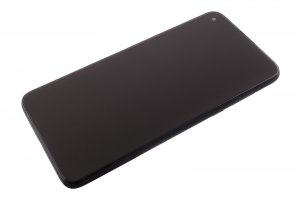
Guide with all the necessary steps so that you can change the components of the Motorola Moto G8 Power (XT2041-3) yourself.
We apply heat to the back cover, and with the help of a suction cup and a fine tool we will open a small hole through which we will introduce one or more plastic spikes and we will take off all the edges of the case, we can repeat the process of applying heat as many times as we need it, since the case is quite well glued.